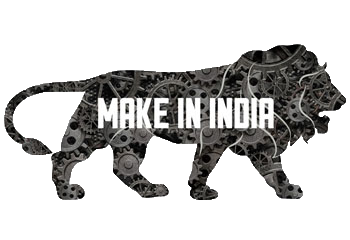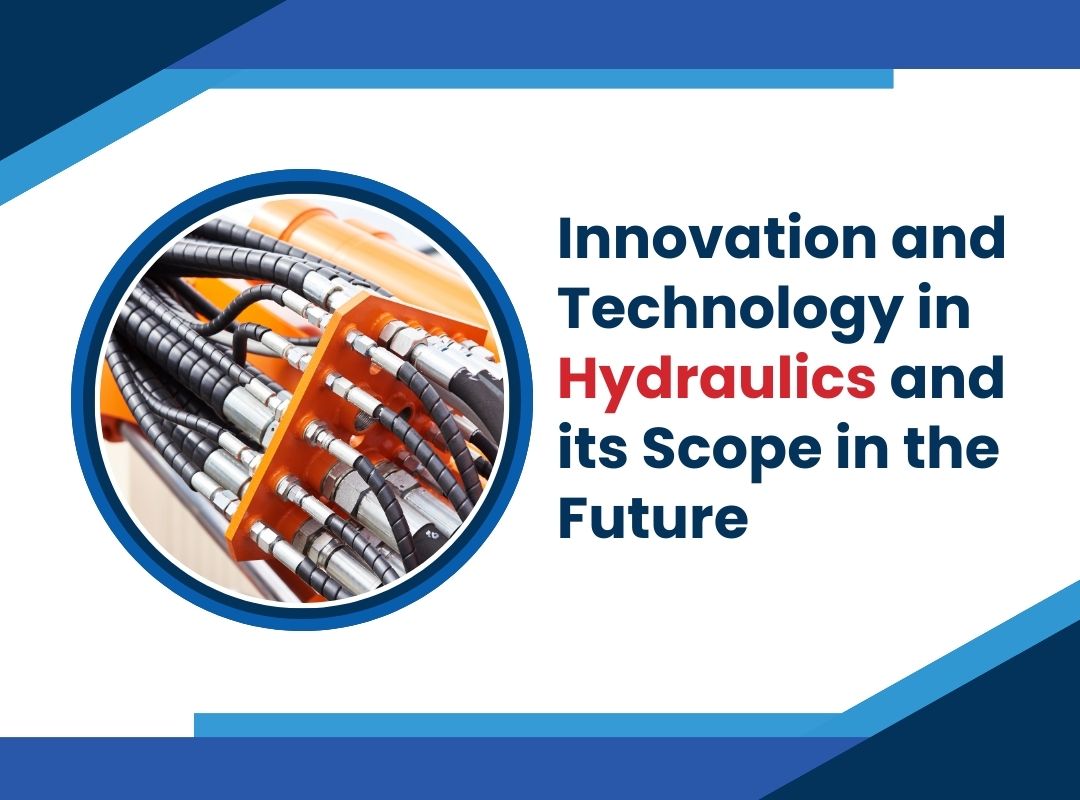Since hydraulics systems are integral to several major industries (such as agriculture, power generation, and construction), advances in the field are closely monitored. In addition, hydraulics is a lucrative industry amounting to billions of dollars, so it’s no surprise that any innovations in the field are of benefit to all.
Such innovations are particularly exciting to those in the know because hydraulics as a field is sometimes regarded as somewhat backward and not in keeping with the digital age. Many hydraulics systems are primarily built to move or shift things, but newer technologies emphasize smart user interfaces and approaches to renewable energy.
Innovations in Hydraulics
- Smart user interfaces are a much-awaited development in hydraulics, as the industry can now keep up with expanding global digitalization. Corporations like Parker have developed applications like the UX Toolkit, which can develop human-machine interface (HMI) products. Such an application can simplify machine mobility with features like GPS and navigation and advanced applications like auto-steering and auto-leveling. The application can also help to reduce downtime by running diagnostics. The name of the game is simplicity and ease of use, and technology is making it happen.
- Since renewable energy has become a major concern globally, Hybrid Actuation Systems (HAS) is a welcome change. Hydraulic systems can generate a lot of power, particularly in units like dams or solar panels. With new technologies like HAS cylinders, the hybrid components encourage power generation while cutting down on the overall footprint. The traditional hydraulic setup is no longer necessary, and there is no central power unit, as localized power provides a more efficient path, which saves on energy.
- When loading sensing valves, heavy-duty machines can’t risk too many changes without careful thought and testing. That would cut down on productivity and create unnecessary difficulties. Technologies like Parker’s Electric Flow Amplifier (EQA) mark a major advancement in load-sensing valve technologies, as the EQA promises a 15% rise in productivity with improved precision and control. It also saves energy and is built particularly for hydraulic systems in mining, forestry, and construction.
- Newer hydraulic pump can be considered small when you think about how much power is generated by them. The digitization of hydraulics design will be a boon for the industry when considering the benefits of 3D modeling and 3D printing. The application of such designs will work particularly well in specialized fields while also eliminating leakage risks. Recent experiments at Aidro SRL have been taking some of these innovations forward.
- Speed pump systems have also been updated to manage high speeds and function at high productivity levels while remaining relatively energy efficient. Variable-speed pump drives can save a lot of energy, up to as much as 70%, making a huge difference compared with conventional speed pump technologies.
- Aside from these, hydraulics innovations also include liquid power transmission, thermoplastic technologies, and others.
The Future of Hydraulics
As witnessed, newer trends in hydraulics have been intent on saving and maximizing energy while also increasing productivity and creating complicated technologies to simplify using hydraulic systems. The gradual digitization of a primarily technical industry is a positive step forward, as new hires will increasingly be drawn to hydraulics. Previously, the industry was not much of a draw for graduates, as electrical control was not a major concern. However, new technologies are revolutionizing the industry. The production of user-friendly, energy-efficient applications is a major landmark as the Internet of Things continues to change the way we live.
Hydraulics is a major industry that needs recruits, and newer and easier ways to approach hydraulic systems are the way forward, particularly when they’re also better for the planet.


